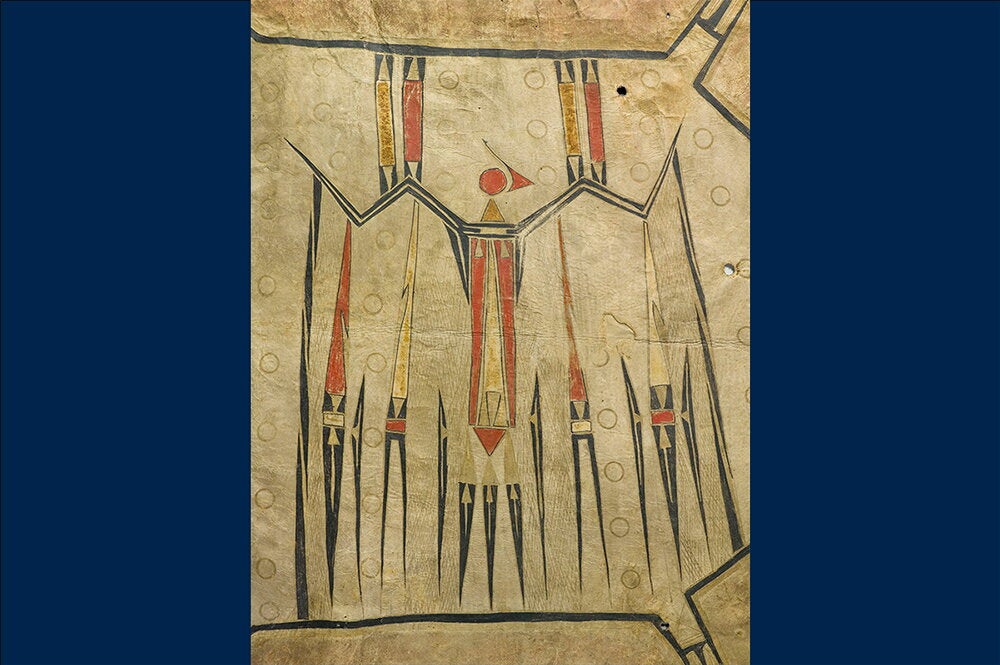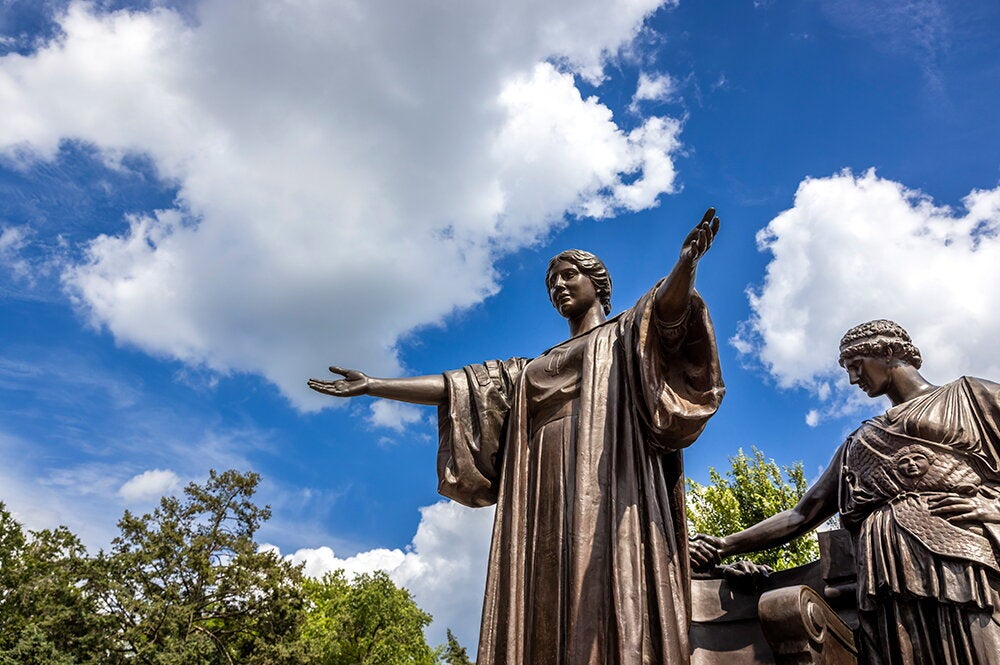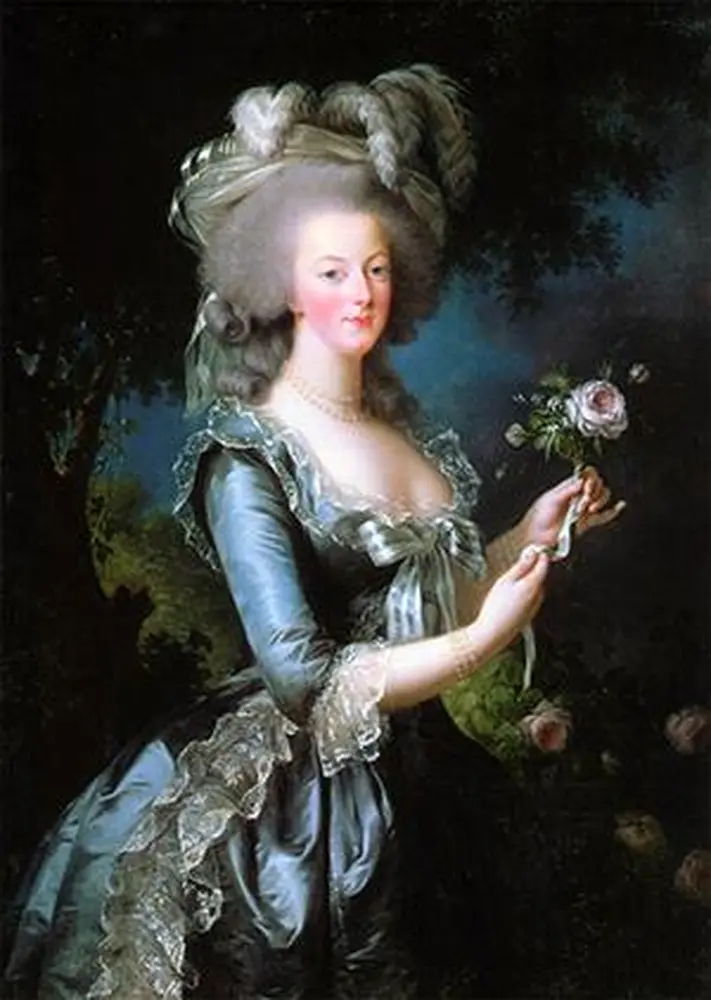
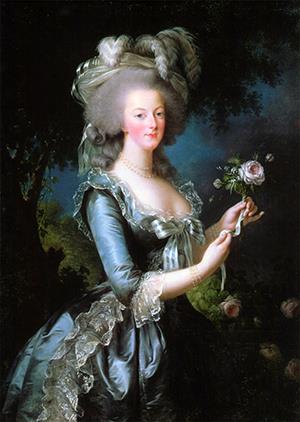
Today we call it influence, clout, “who you know.” It gets junior into the top school, swings the big business deal, gets legislation passed or killed. When exposed, we say it’s unfair and corrupt, and we might even get the law involved.
But in France of the 1700s it was the way of the world—at least until heads started rolling during the French Revolution. In the years prior, however, the term for all manner of one’s reputation, status, influence, clout, connections, and financial trustworthiness, most prominently amongst the aristocracy, was “crédit”( or, in English, “credit”).
For the modern-day observer, the “regime of credit” can seem “utterly corrupt” and hard to understand, says University of Illinois history professor Clare Haru Crowston. Back then, she says, they calculated and converted the value of things that we regard in a much different light: Friendship, marriage ties, loans, influence and favors, sexual relationships, and nepotism could all be part of the same exchange.
“The way people used the word ‘credit’ was as a very self-conscious and frank way to discuss how their world was controlled by the exchange of reputation, influence and power,” she says. “They even talked about the credit of the saints to intercede with God.”
This “regime of credit” functioned as a “gray market of power,” according to Crowston. One aspect of that market was that women, especially some of higher status, had much more power and influence than might be apparent.
“Women talked all the time about their credit in letters and other forms of writing,” says Crowston, who has written a book on the subject, called Credit, Fashion, Sex: Economics of Regard in Old Regime France.
“They could not talk about their authority; they didn’t have positions of authority,” she adds. “But they did have a great deal of informal power, which they described as credit. They acquired such power by various means: family connections, the prestige of fashionable clothing, and through sexual ties to important men.”
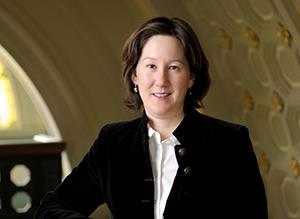
One of those women was Marie Antoinette, the French queen, who attempted to use fashion to gain attention and influence in the royal court, in the process forming an unusually close and controversial relationship with a female fashion merchant, Rose Bertin, Crowston says. That relationship, tied with the queen’s lavish spending, King Louis XVI’s perceived weakness, and government debt, would provide ample fodder for those determined to discredit the regime.
They did not think of economics as a separate realm from politics, society, and culture, as we do today, though the 1700s is when that began to change, Crowston says. This was the point when the idea of a free market began to take hold, and people grew increasingly aware of how completely unfree the market was and how enmeshed it was in other domains of life, the professor adds.
“The queen became a potent symbol for opposition to the crown because the movement to discredit all the old, traditional forms of credit was well underway,” Crowston says. “The attacks on her give us a better understanding of what the opposition was aiming at. The ‘regime of credit’ she represented is what they were trying to bring down.”
Antoinette and her relationship with Bertin “embodied at once monarchical rule, social inequality, economic debt, and women’s sexual power—all of the things that one could tie together under the title the ‘regime of credit,’” Crowston says. “The opposition felt they must eliminate all of them together, and in the end cut the head off the whole regime.”
Though the guillotine blade fell on this chapter of history long ago, Crowston says the “regime of credit” still has lessons for us today.
“Understanding this world helps us to see that there was a time when people understood very clearly how society and culture and politics and economics were interrelated,” she says. “I’m not suggesting we go back to that world, but its inhabitants at least had the benefit of being very honest and open about the way things actually work. By denying these connections, we do not make them disappear, we just make them more difficult to understand and evaluate.”
